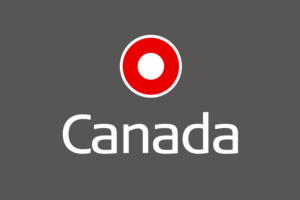Benchmarking Employee Benefits in Canada 2022
If you want to begin benchmarking employee benefits in Canada, a good place to start is with this Market and Benchmark Insight Report for Canada – 2022.
Asinta’s Canadian Partner Cowan compiled the information so it is easy to understand and helps you move forward in your decisions about the benefits you will offer Canadian employees.
Updates inside the report for 2022 include:
- Pension – updated numbers throughout for 2022 (p.5).
- Compassionate Care – expanded to 28 unpaid weeks for federally regulated employees and to 27 weeks as is governed by the province of British Columbia (p.6).
- Employment Insurance – increases to the maximum yearly insurable earnings to C$60,300 from C$54,200 and an increase in the maximum amount employees can receive per week to C$638 from C$573 (p.7).
- Employer-Sponsored Healthcare – an increase in the percentage of employers who offer extended healthcare benefits up to 91% from 87% (p.8).
- Benefit Plan Cost Distribution – changes to all percentages in the pie chart (p.9).
- Income Protection / Long-Term Disability – an increase in the percentage of employers who offer salaried employees this benefit to 98% from 88%. For hourly employees, the percentage rose from 68% to 88%. The percentage of employers who do not contribute to the premium rose from 53% to 56% (p.11).
Another example of what’s inside
Trends in Canadian Healthcare
Canada’s healthcare system is the subject of much political controversy and debate. Some question the efficiencies
of the current system to deliver treatments in a timely fashion and advocate adopting a private system similar to the United States. Conversely, there are worries that privatization would lead to inequalities in the healthcare system, with only the wealthy being able to afford certain treatments and services.
Regardless of the political debate, Canada boasts one of the highest life expectancies (about 80 years) and lowest infant mortality rates of industrialized countries, which many attribute to Canada’s healthcare system.
Employer-Sponsored Healthcare
The healthcare landscape across Canada greatly impacts private-employer-sponsored programs. With continued shifts in cost from the public system to the private payor, plan sponsors experience an increase in plan costs as they fill the gap in coverage that has been created. Although it’s not mandatory, over 85% of companies offer a core benefits plan, including life, disability, health, and dental.
In general, Canadian benefits vary widely according to industry type. According to the 2020 Sanofi Canada Healthcare Survey, 72% of employers are offering traditional benefit plans while 28% offer plans with more flexibility. For example, we see generous benefits in the financial services, high-tech, and professional services sectors due to the high salary levels and the competitive job market. However, in the retail and hospitality sectors, benefits are far less rich.
This information about benchmarking employee benefits in Canada 2022 is provided by Cowan, Asinta’s employee benefits consulting Partner in Canada.

